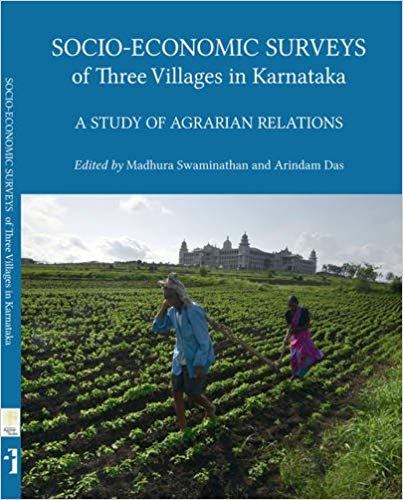Karnataka has acquired a name for itself in recent times for decentralization, local governance and improvements in the social sectors. The State is also known for land reforms and the political assertion of backward castes, influenced by Lohiates, and all these have impacted agrarian life in rural Karnataka. However, the contribution of agriculture and allied activities to the State’s income has been steadily falling. Villages often remain as a place of habitation, blurring the conceptual distinction between villages and cities. The recent agrarian protests across India notwithstanding, studies claim that we have arrived at a ‘post-agrarian’ situation exemplified as ‘rurban’ lifestyle. While the various elaborate surveys, including the NSSO led Situation Assessment Survey of Farmers (SAS), offer insights into the broad socio-economic condition of agricultural households, they don’t provide a deeper understanding on the condition of farmers, farming and changing agrarian relations in Indian villages. It is a yawning gap that can be filled only by micro level studies. It is in this context that the contribution of this book edited by Madhura Swaminathan and Arindam Das, rather a field report, assumes significance in understanding the complexities and dynamics of agrarian transformation in the country, particularly Karnataka. We seldom come across a work that offers a comprehensive understanding on land, labour and caste relations together. Since the book under review does exactly that, it is a timely intervention. The report is a product of a larger ‘Project on Agrarian Relations in India’ (PARI) by the Foundation for Agrarian Studies, which has already covered 25 villages in 10 States of India. The stated objectives of PARI include studying ‘village-level production, production systems and livelihoods, and the socio-economic characteristics of different strata of the rural population by means of detailed village surveys’.

Understanding Land, Labour And Caste Relations
A Kalaiyarasan
Socio-Economic Surveys Of Three Villages In Karnataka: A Study Of Agrarian Relations by Madhura Swaminathan and Arindam Das Tulika Books, New Delhi, 2018, 328 pp., 450
October 2018, volume 42, No 10
